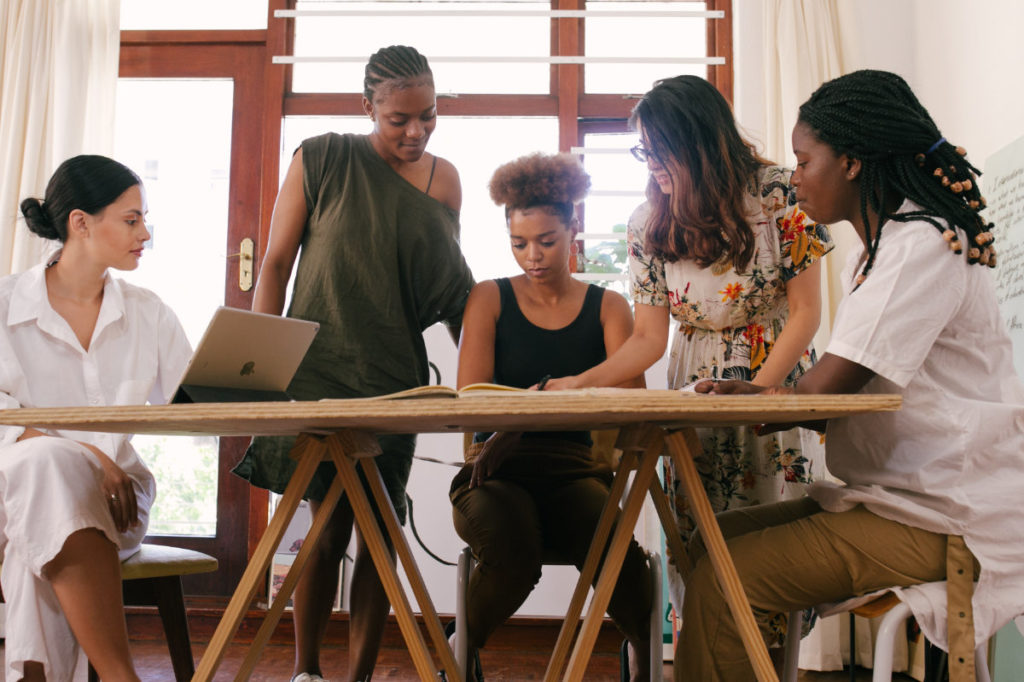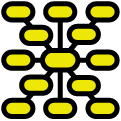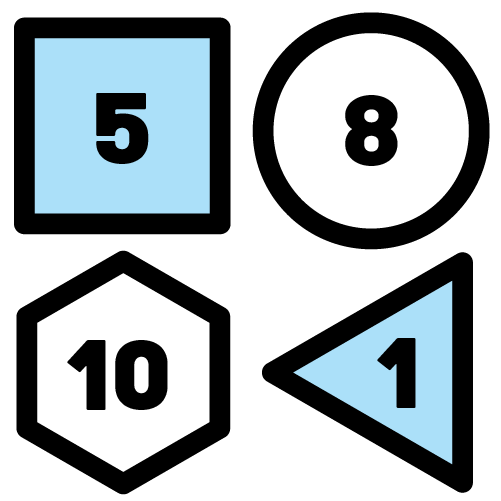For Alexandra Oporto, Management 3.0 Facilitator from Peru, Diversity, Equity and Inclusion is a super important topic. With her degree in Psychology, specializations in Human Talent Management and Psychopedagogy as well as Psychoanalytic Psychotherapist she is looking into diversity by referring to studies and sharing her own story.
- What is the meaning of diversity in the workplace?
- The difference between Equity and Equality
- Why is Diversity and Inclusion important for teams and organizations?
- How to promote diversity and inclusion in the workplace?
Have you ever felt discriminated against because of your work experience or studies?
Let me share with you a personal story. I did my university studies in Arequipa, a nice city in the South of Perú. Even though I had a comfortable life there, at that time (more than 15 years ago) there were not many options to continue developing my career as an organizational psychologist. I knew that I needed to move to Lima (Perú’s capital) if I wanted to access better companies. My mother’s family was from Lima, so when I got the opportunity I didn’t hesitate to move to that city.
When I was first applying for jobs, I had a bad interview experience. I’m not ashamed to share this because I think that my experience might help other people that could be right now in a similar situation. So, what happened was that when the interviewer started, she didn’t refer to me using my name, instead she called me “provinciana” which is a word to refer to the fact that I was not raised in the capital. And then she continued pointing out the gaps I had related to in the job description, for example that I didn’t have enough experience for the job and that the university where I did one of my post graduate specializations was not relevant to her, and so on. I can tell you that was one of the most uncomfortable and unpleasant hours I ever had in my working experience. I was very shy at that moment and I didn’t expect this to happen in a work environment, so I didn’t know what to tell her. When the interview ended, I went back home feeling dreadful.
From that moment I promised myself that if I were ever in the interviewer position I would not make any candidate feel inadequate. I learned that making people feel bad – as that interviewer did to me – was not going to make me a better professional.
Today, workplace “diversity and inclusion” is an important topic among companies and managers. And for me it is a topic we all need to truly commit to taking care of.

What is the meaning of diversity in the workplace?
Diversity is related to gender in my country, which is good to have some communities who fight for having better rights for women in the society. But, on the other hand we need not to forget that diversity is a wider topic that also implies how we can be more inclusive with age, ethnicity, culture, skills, experience and more.
Diversity is when companies recognize the value of hiring a diverse range of people and inclusion is all the actions companies take to make people feel comfortable, safe and engaged.
As Vernā Myers said: “Diversity is being invited to the party. Inclusion is being asked to dance”.
To me these concepts need to be together and as some authors propose “Equity” is another concept that we could add to the equation. Equity is “ensuring everyone has appropriate transport to the dance, regardless of their starting location” (Craddock, N., 2020).
We must not be confused about “Equity” and “Equality”.
Equality is when companies give the same resources and opportunities to people. And Equity is when companies recognize that there are different circumstances people have, so you will need to treat them differently according to their needs.
In every team there are people, and people’s individual needs, interest and personalities do not evaporate when they join a group.
Hurley, R., cited at the Management 3.0 module Individuals and Interactions
Why is Diversity and Inclusion important for teams and organizations?
In their last Diversity Global Survey (2020), PwC indicated that “organizations are investing at unprecedented rates in D&I (Diversity and Inclusion) programs, with 76% now saying it is a value or priority”. But they also add that “despite this heightened commitment, organizations still have progress to make in designing and executing D&I programs that meet these objectives, with a third of respondents (33%) indicating that they still view diversity as a barrier to progression at their organisations”.
I was astonished with these results and wondered how this could happen? Are we doing something wrong as companies and leaders?
PwC (2020) said that “one reason to account for this dissonance between what organizations are doing versus employee perception is that organizations are failing to empower their leaders on topics of D&I”. There is a need to reinforce how as leaders we can commit to the development of diversity, equity and inclusion in our workplaces.
Management 3.0 points out that “diversity increases perspectives and a potential for creativity and innovation”. We may be losing huge opportunities to find new and different solutions for the VUCA world we are now facing. So please, consider seriously if you want to be a leader who misses opportunities that can make your company more innovative while having a strong social purpose for the community.

How to promote diversity and inclusion in the workplace?
It could sound as a widely used theme to say that “communication” is one of the pillars as a leader you require to reinforce, but it is true. At Management 3.0 we said that “better communications starts with deeper connections”. And hopefully there are some tools that can help you build that trust, confidence and psychological safety among your team, like for example: Personal Maps. Start by proposing general topics that people are comfortable with and with time, you can repeat the Personal Maps adding topics at a more personal level.
Another tool that can help you identify how diverse your team or people at your company are, is the Diversity Index. This Management 3.0 practice can help you acquire insight into the current diversity level on your team. It is a simple, and effective tool to gain insight into the diversity climate.
Finally, I would like to share some ideas you can apply to focus on diversity, equity and inclusion when working remotely with your team. These strategies were proposed by Paria Rajai, founder and CEO of ModelExpand & Marlette Jackson, manager of diversity & inclusion at UTW in their article, “How inequity is showing up in virtual work environments“:
- Meet prior expectations with empathy
- Ensure access to technology
- Neutralize power dynamics with virtual backgrounds
- Audit your virtual get-togethers
- Embrace various communication methods
- Rethink performance reviews
If you are keen on diversity, equity and inclusion, I would highly recommend you keep searching for more information, get in touch with communities of interest and more important than anything, start by spreading your point of view, be more emphatic with others and build that “communication bridges” that can truly connect you to people in your team.
Note: The individuals and interactions module is part of the Energizing People Workshop.




The explanation on Diversity & Inclusion was very informative.